Galkyd is designed to be mixed with oil paints to increase their transparency, glossiness, and drying time. It is great for enhancing or changing the medium without compromising the vibrancy of the oil colors. It also helps to smooth out brushstrokes and create a more even finish.
When using Gamblin Galkyd, it is important to follow the manufacturer’s instructions and to use it in a well-ventilated area. It can be toxic if ingested, and has a particular smell to it. Also, if spilled on surfaces, it hardens up! So make sure to wash the area thoroughly.
Galkyd, and other mixers, speed up the drying process.
Be wary of this if you are starting out.
If you are used to using oil paint, then you will want to know that you have less blending time. If you are new to oil paint, then just expect a similar drying time to that of watercolor or acrylic, still even a little longer.
Here is A Good Way to use Galkyd if you’re a beginner in oil painting:
I bought galkyd when I first started oil painting. However, I realized it is something that I dont need for the type of oil painting I enjoy. However, you need to try it out. You should start with the original galkyd. If you dont have that one, I list what the benefits of all Galkyds down below.
For example, some people don’t like using distilled turpentine when oil painting. However, it is one of the only things I use. So, it really is up to the user, and the finished of galkyd are really nice.
Galkyd is a painting medium developed by Gamblin that is often used by oil painters to modify the working properties of oil paint. It can be particularly useful for beginners, as it can help with various aspects of the painting process.
Here are some tips on how beginners can use Galkyd:
Start with a small amount:
Galkyd is a powerful medium, so you only need a small amount to make a significant difference in the paint’s characteristics. Begin with just a few drops and add more if needed.
Mix with your oil paint:
To use Galkyd, mix it directly with your oil paint on your palette. It can be blended with the paint to create a smooth, glossy, and fast-drying consistency. Mix it thoroughly to ensure it’s evenly distributed in the paint.
- Speed up drying time: Galkyd is known for its ability to speed up the drying time of oil paint. If you want your paint to dry faster, mix Galkyd into your paint. This is particularly useful if you’re working on multiple layers or want to continue working on your painting without waiting for each layer to dry.
- Increase transparency: Galkyd can be used to increase the transparency of oil paints. This can be helpful for glazing techniques or creating more translucent layers. Mix a small amount of Galkyd with your paint to achieve this effect.
- Experiment and test: As a beginner, it’s important to experiment and test the effects of Galkyd with different ratios and techniques. Try mixing it with different colors and layering it in various ways to understand how it impacts your painting process.
- Be cautious with impasto techniques: If you prefer impasto techniques (thick application of paint), be cautious when using Galkyd, as it can make the paint more fluid and less suitable for impasto. You may want to use it sparingly in such cases or choose a different medium for thick paint application.
- Use in a well-ventilated space: Galkyd contains solvents and should be used in a well-ventilated area to ensure proper air circulation. It’s a good practice to use solvent-based mediums safely and avoid inhaling the fumes.
- Clean your brushes and palettes: Galkyd can make your brushes and palettes harder to clean, so make sure to clean your tools thoroughly with a paint thinner or mineral spirits after using Galkyd.
- Follow label instructions: Always follow the manufacturer’s recommendations and instructions for using Galkyd, and be aware of any safety precautions mentioned on the label.
The Different Kinds of Gamblin Galkyd
Regular Galkyd
The Gamblin regular version is the first medium that I ever picked up in my oil painting journey. This one is pretty thick compared to the others, and has a very syrup-y consistency.
This is the fastest drying medium for oil paint that Gamblin makes, and needs to be worked with efficiently to get the desired affect. It creates a surface that has a thick glaze over it, almost like an enamel.
Galkyd Lite
The lite version increases the transparency of colors a lot. This makes it perfect for using underpainting techniques where you want to glaze over the top, because the values from underneath will still shine through.
When I use this lite version, I notice that it retains brush strokes well. This is probably because it is lighter, and has less of a thick consistency to it, and helps mimic thinner paints that feel watery.
After less than 30 hours, galkyd lite should be completely dry to the touch.
Most commonly, artists will use the grisaille technique in underpainting to then glaze over the top with thin colors.
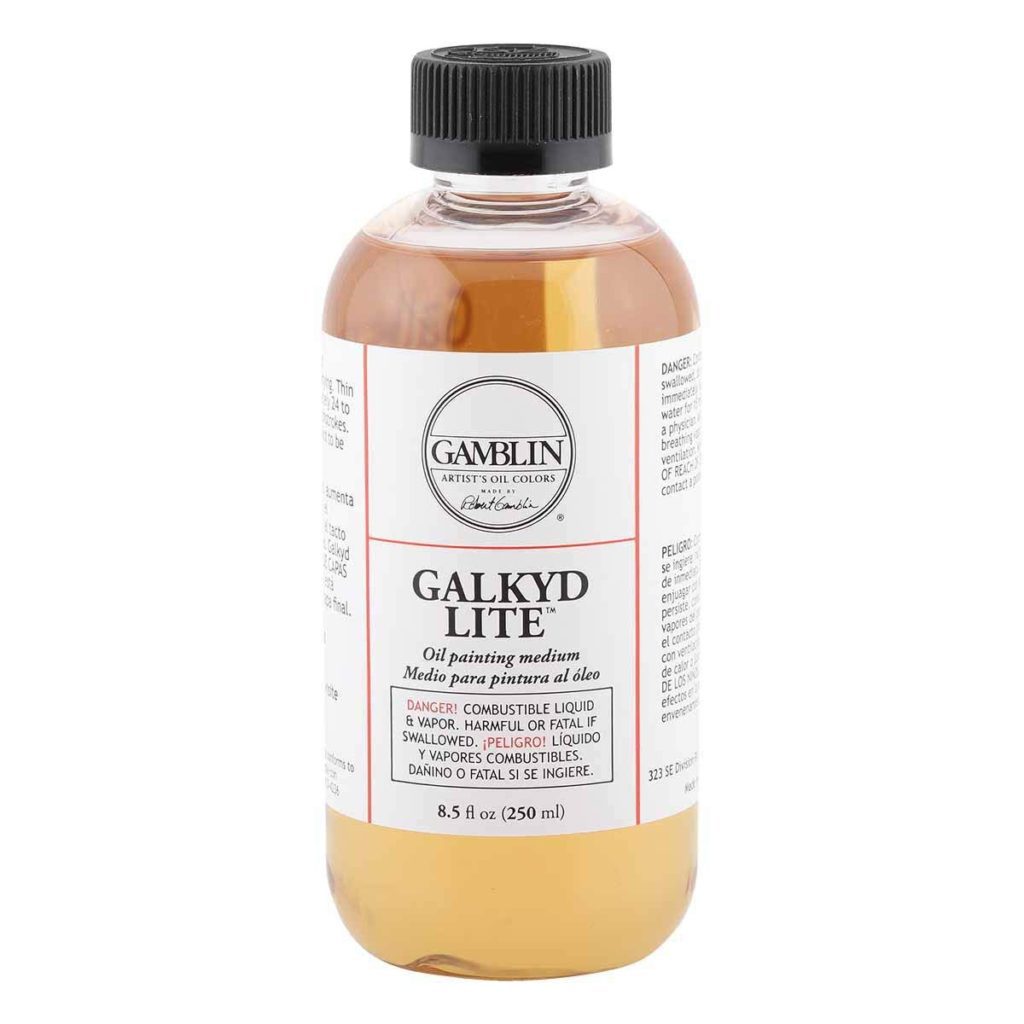
Galkyd Slow Dry
Much like the lite version, the slow dry thins out oil paints. However, it has a thicker consistency. The slow dry is less glossy, and is thinner than the regular, just like the lite version.
The advantage of using the slow dry as a medium (which I like when I am really taking my time) is that I can continue to add on without having to worry about it hardening up. However, if you are in a pinch, this is not the galkyd that you will want to use.
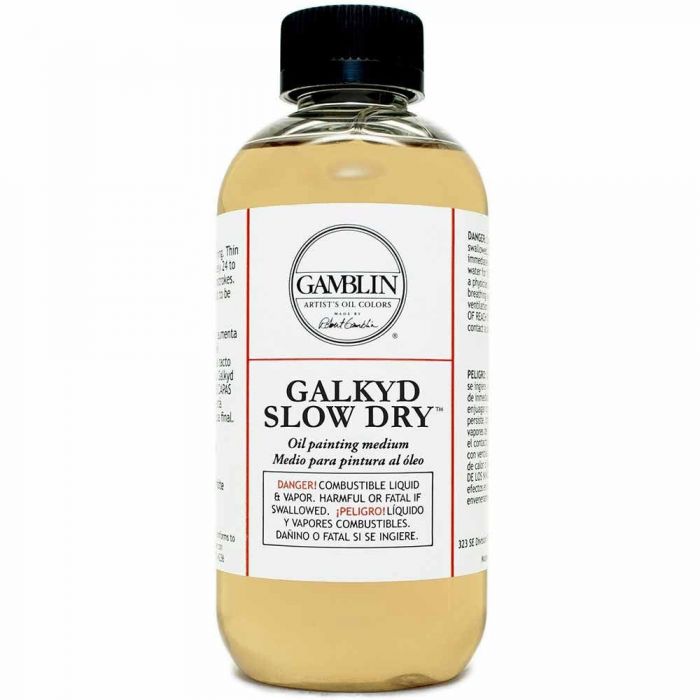
Galkyd Gel
The gel is thicker compared to the others, and dries also fairly quickly. It mimics a texture similar to oil paint where the brush strokes hold up really well, and you can have a lot of texture and depth.
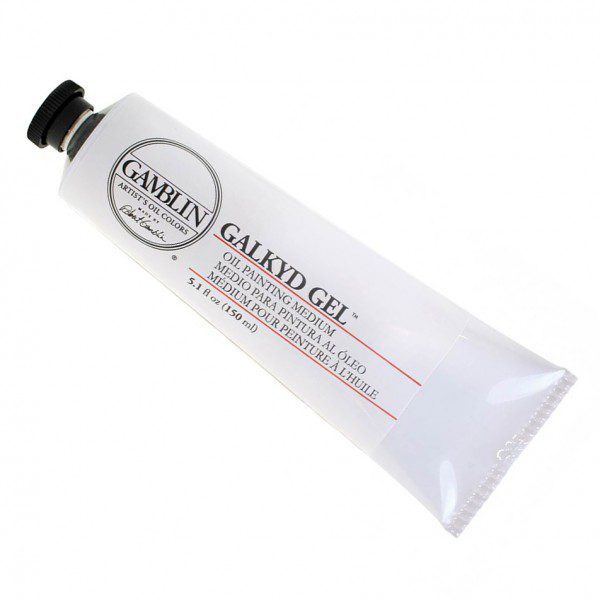
The history on galkyds original use and invention:
Galkyd, a painting medium developed by Gamblin, is created in the United States. Gamblin Artist’s Colors is an American company founded by artist Robert Gamblin in the late 1980s. The company is known for producing high-quality oil painting materials. This includes various painting mediums like Galkyd, oil paints, and varnishes.
Robert Gamblin initially developed Galkyd to provide artists with a reliable and versatile medium for oil painting. Gamblin Artist’s Colors is based in Portland, Oregon. It has become a respected brand in the art materials industry. It is known for its commitment to producing materials that meet the needs of artists while considering health and environmental concerns.
The development of Galkyd and similar painting mediums reflects a commitment to advancing the tools and materials available to artists. This is making oil painting more accessible and versatile. Gamblin aimed to provide artists with a medium that would address some of the challenges artists face when working with traditional oils.
FAQ
How do I store galkyd?
Make sure that you have it stored in a room temperature environment. Also, the lid needs to be airtight, otherwise it will dry out over time. You might also want to make sure that it is out of reach of pets or children.
A problem that I face when storing it is not making sure that the cap is completely cleaned of Galkyd when placing it back on in storage. If there is too much on the cap, it will dry up on the cap and be very hard to open! Trust me, I know. I have had many times where I am fighting the cap open because of leaving too much on the opening of the bottle.
What happens if it starts drying out?
If your galkyd starts drying out like mine, you will make sure this doesnt happen with Gamblin gamsol. If you add just a splash, shake it around each time you use it, and this will prevent it from thickening too much.
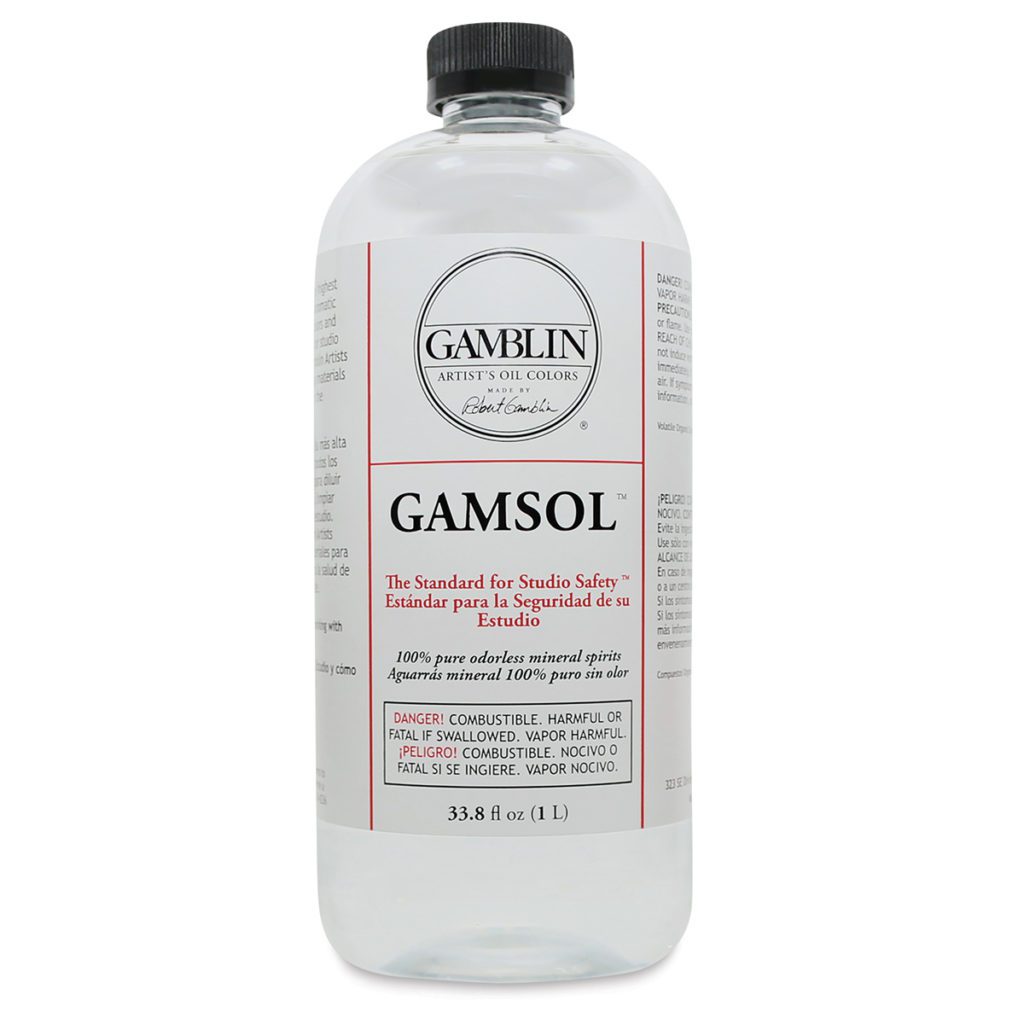
Why do people use mediums with their oil paint?
Artists use mediums with oil paints for various reasons, as these substances can alter the characteristics and behavior of the paint to achieve specific artistic goals. Here’s why people use mediums with oil paints:
- Alter Consistency and Viscosity: Mediums can adjust the thickness or thinness of oil paint, making it more fluid or thicker. This alteration in consistency affects how the paint applies to the canvas, influencing brushstrokes and overall texture.
- Adjust Drying Time: Oil paints naturally have a slow drying time, but mediums can either accelerate or slow down this process. Some artists prefer a faster drying time for layering and quicker completion of their artwork, while others enjoy the extended working time that slower drying facilitates.
- Enhance Transparency or Opacity: Certain mediums can increase or decrease the transparency of oil paints. This is useful for creating glazes or achieving various levels of opacity in the layers of paint.
- Textural Effects: Some mediums are used to create textured effects within the paint. For instance, they can create impasto effects (thickly textured paint) or other surface textures, adding depth and dimension to the artwork.
- Varnishing and Final Touches: Some mediums can be used for the final stages of a painting, like varnishing. They offer protection, enhance colors, and provide a desired finish to the artwork.
- Mixing and Layering: Mediums facilitate the mixing of different oil paint hues and enable artists to work in multiple layers, allowing for more complex and nuanced color compositions.

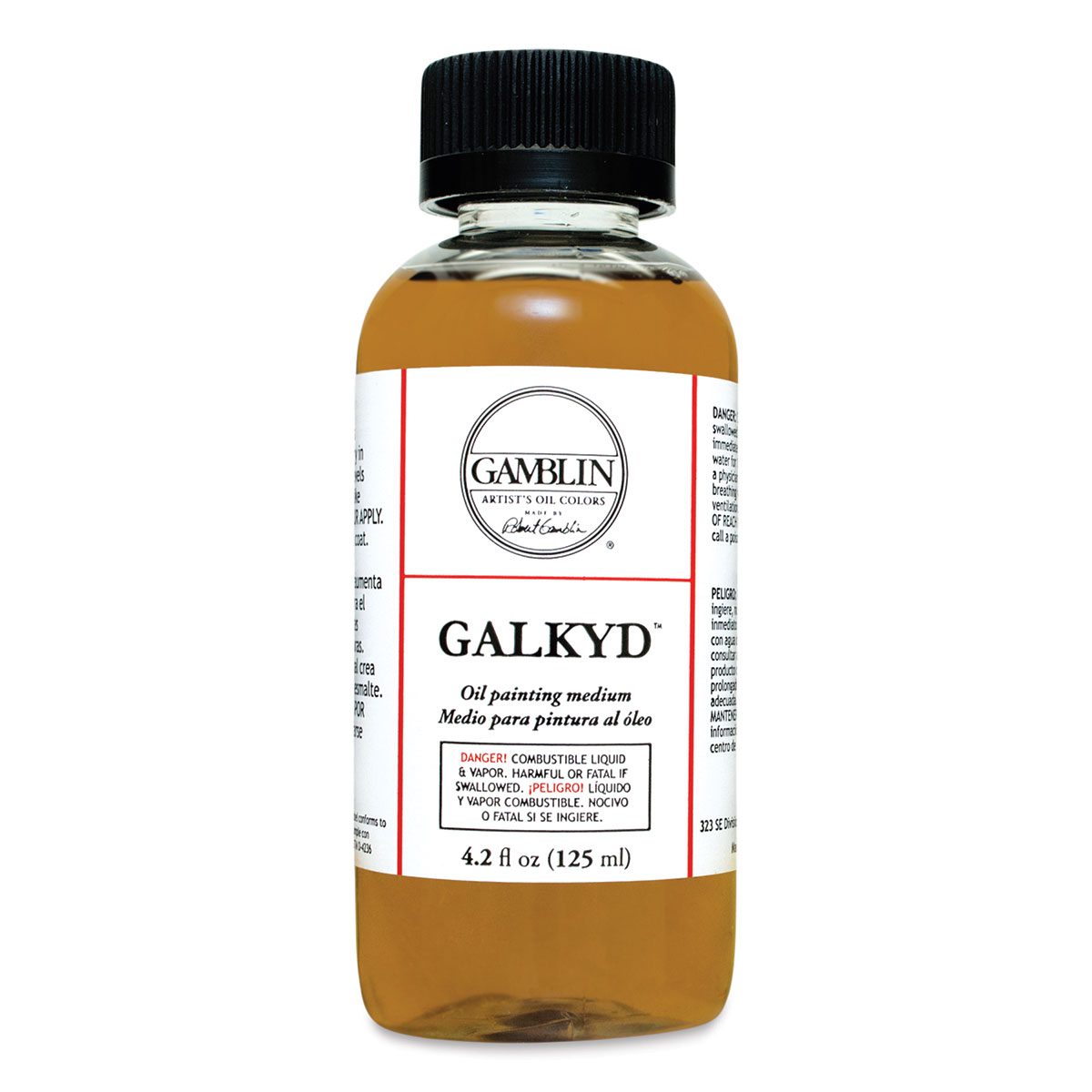
Comments are closed.